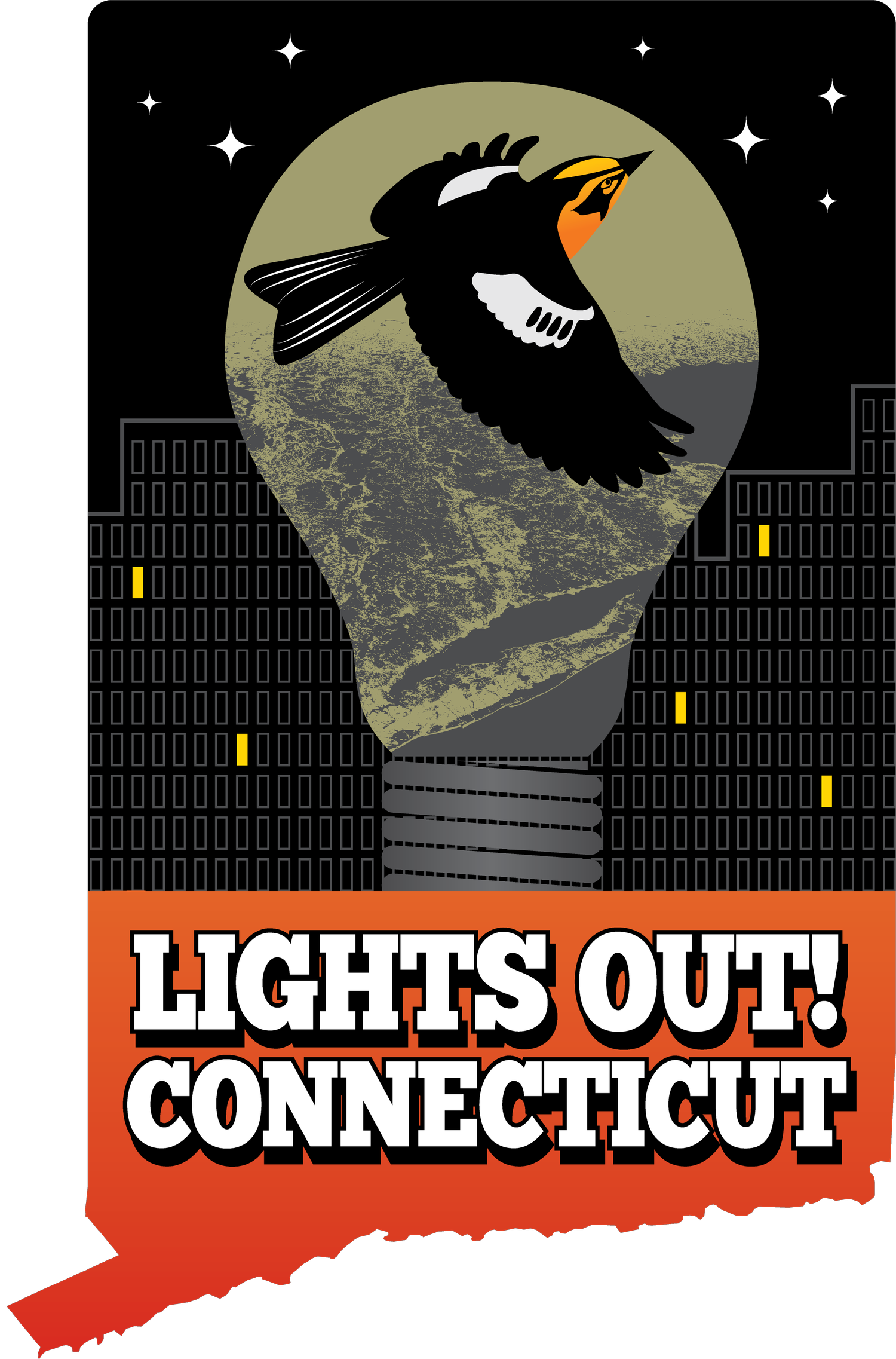Template for designing lighting regulations
Model Outdoor Lighting Regulations for Connecticut
Our Model Outdoor Lighting Regulations for Connecticut is designed for local governments, governing entities, and other collectives seeking to better manage nighttime lighting and limit light pollution. The model policy provides clarity and accuracy on current lighting best practices in line with CT state law and the CT State Building Code.
Model Lighting Policy
Is your community in need of better lighting rules? Our Model Outdoor Lighting Policy for Connecticut is a starting point for local governments and institutions seeking to regulate and limit nighttime lighting.
Governing bodies that adopt these regulations as an ordinance or code amendment, will help to save energy and money, reduce unnecessary carbon emissions associated with wasted light, reduce light pollution, minimize wildlife disruption, and in some cases improve public safety.
This model policy is intended to provide clarity and accuracy for CT towns and cities on current lighting best practices, to guide their rule-making process. It is consistent with CT state law and the CT State Building Code. Most often, this model policy will be adopted by a local government as an ordinance or amendment to a zoning code or municipal code. It can also be adapted to fit into municipal sustainability initiatives and energy conservation measures, including incentivized sustainability programs. Further, any institution or entity, including businesses and higher-education campuses, could adopt these regulations, in whole or in part.
>>> Download our Model Outdoor Lighting Ordinance
Light pollution in North America is increasing more than 10 percent annually. Efforts to better regulate and understand changes in light pollution levels in Connecticut have grown in recent years, as communities reevaluate the importance of the natural nighttime environment, especially for wildlife that have evolved with regular cycles of day and night.
Studies show that excessive nighttime lighting can result in a range of harms, from energy waste, increased energy consumption, and unnecessary greenhouse gas emissions to disrupted ecosystems and avian mortalities linked to building collisions. Some studies have also pointed to the negative human health impacts of light pollution, including disrupted sleep and over-burdening the endocrine system.
These model lighting standards can be adopted in whole or in part. They can be adapted to suit the needs of each individual community.
This policy emphasizes the importance of reviewing lighting plans as part of the permitting process and following internationally recognized standards.
Several towns and cities in Connecticut have already adopted robust lighting standards to limit light pollution through their municipal codes and ordinances, including Greenwich and New Haven. However, these regulations vary in their standards and comprehensiveness, creating a patchwork of different codes and policies across Connecticut, which can be confusing for designers, engineers, and code officials who work in multiple areas. Therefore, Connecticut needs a common set of municipal lighting standards that effectively limit unnecessary nighttime lighting — which these model regulations aim to provide.
These regulations are informed by existing lighting regulations in Connecticut towns and cities as well as the Five Principles for Responsible Outdoor Lighting developed by DarkSky International and Illuminating Engineering Society of North America (IES). These principles emphasize that nighttime lighting should be useful, properly shielded, at the right light levels (as measured in lumens), controlled by adaptive technologies such as timers and motion sensors, and, where possible, warm spectrum. Lights Out Connecticut recommends setting a maximum correlated color temperature of 2700K.
Local governments should ask their municipal attorney to review the proposed amendment for legal soundness and compliance with existing regulations.
In 2011, the International Dark Sky Association (now DarkSky) and IES released a Model Lighting Ordinance, which was the result of extensive efforts by national lighting experts to identify prevailing best practices. However, its complexity and identification of multiple lighting zones requiring different standards did not always match community intent for a straightforward, easy-to-follow law.


